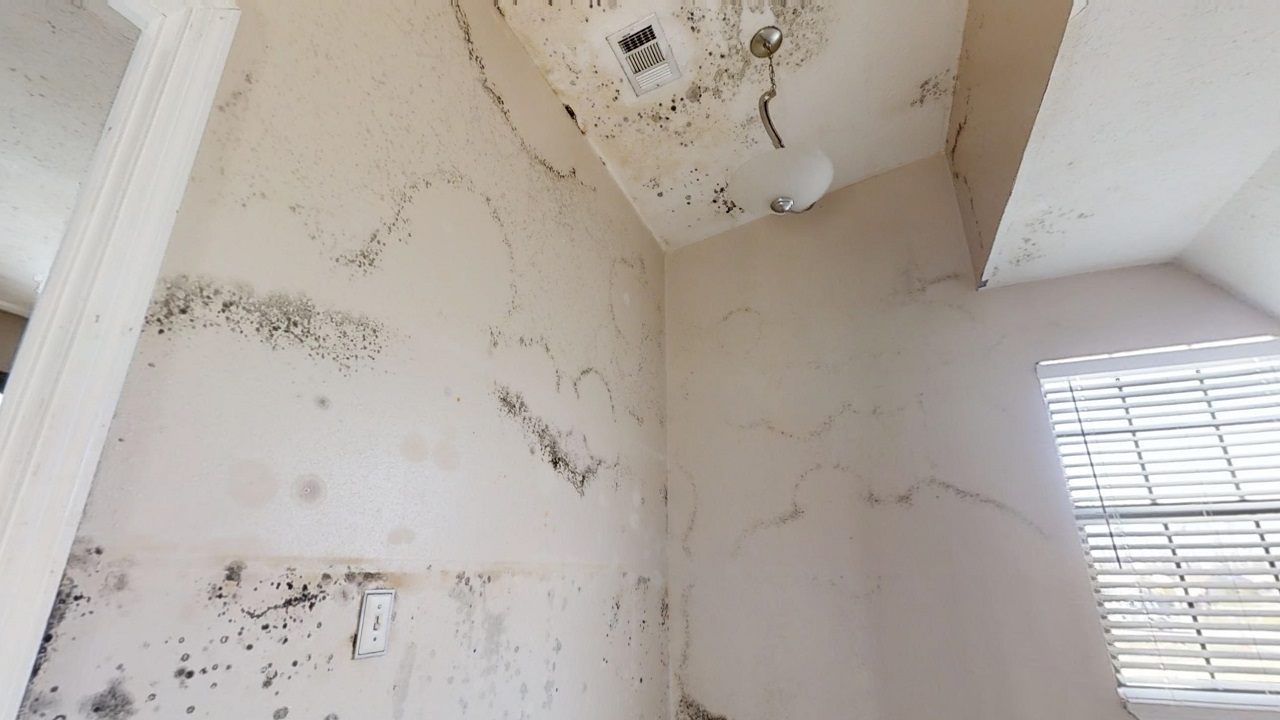Mold Removal in Allentown? While finding a few small dark, fuzzy spots or smelling a musty odor may seem inconsequential, it could be the first signs of mold intrusion – or an indicator of a hidden problem with the potential for severe consequences. Without professional mold removal, you could pay a hefty price. If you’re on the fence about whether to remove the mold on your property, consider following the three P’s: Promote, Protect, and Prevent.
- Promote good health
- Protect your property
- Prevent the problem from worsening
Promote good health
Mold can be harmful to your health. Depending on the type, mold can create a myriad of health symptoms that can range from mild to severe. Allergenic species can trigger allergy-like symptoms, such as congestion, coughing or wheezing, and sore throat. Pathogenic species can cause lung and other infections, especially for those who are immunocompromised. Finally, toxigenic species, such as the infamous black mold, are the most harmful of all. They produce mycotoxins, which can cause such toxic symptoms as respiratory problems, skin inflammation, bleeding, internal organ damage, or immune system suppression. An Allentown mold removal company can rid your space of these potentially harmful effects so that you, your family, or commercial property occupants are safe.
Protect your property
When mold is allowed to run rampant, it has the potential to damage building materials, structural components, HVAC systems, and personal property. Undetected or unaddressed, mold can eat away and break down organic matter, including walls, insulation, carpeting, and more, causing costly repairs or replacements. When you hire an Allentown mold removal company at the first sign of trouble, you can protect your property and belongings from damage.
Prevent the problem from worsening
Professional mold removal in Allentown stops mold in its tracks. It’s the only safe way to prevent pesky mold from growing and spreading enough to produce harmful health consequences or property damage. While it may seem easy to put off, mold removal is a home and commercial property maintenance task you can’t afford to ignore.
Professional mold removal vs. do-it-yourself (DIY) removal
When deciding whether to call in professional help from an Allentown mold removal company, first determine whether you have mildew or mold using these simple steps:
- Drip several drops of household bleach onto the affected surface
- Wait five minutes
- Inspect the spot
If the area appears LIGHTER, you likely have MILDEW. If the area remains DARK, you may have MOLD.
Most people can safely remove mildew on their own without any special equipment. Simply clean it with a commercial mildew cleaner, bleach, or vinegar and a scrub brush.
If you think you have mold, it’s best to leave mold removal to the professionals to ensure it’s completed safely and effectively. Look for an Allentown mold removal company with indoor air quality experts on staff to help you follow the 3 P’s and ensure you and your property are safe.
To learn more about Allentown mold removal, visit our website, or call (610) 890-6300.




